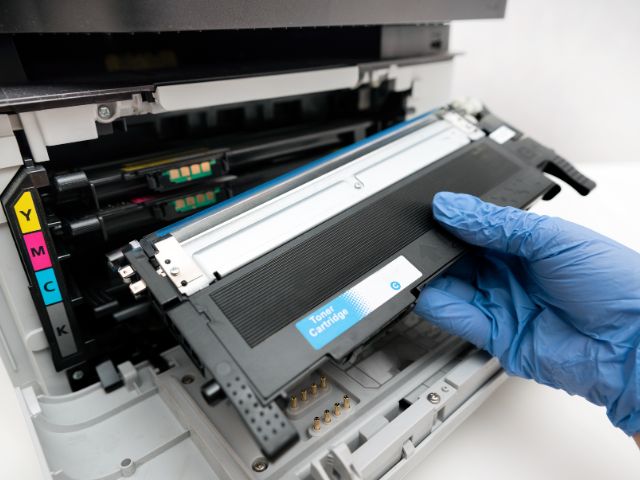
Industrial printers are backbone devices in facilities, responsible for churning out blueprints, labels, and an array of critical documents. Yet, despite their importance, printing quality can sometimes end up overlooked, leading to costly reprints, errors, and inefficiencies. Here’s how to improve the printing quality of industrial printers and avoid such pitfalls.
One of the first steps to improve print quality is choosing material that matches the printer specifications and the application’s environmental conditions. For example, if you have a thermal printer, you’ll want to use the types of ink that are compatible with it. Using the correct ink ensures the printer can run efficiently and produce high-quality images.
You should also check that printing substrates, such as labels or tags, are right for the application. Some substrates may not be compatible with certain types of ink, so it’s essential to verify whether they’ll work before printing your final product.
Printers need regular calibration to stay in tune and put out high-quality prints. This process ensures that the printer head aligns correctly and that colors are consistent.
Begin by consulting your printer’s manual for specific calibration instructions. Calibration often involves running a series of test prints and making minor adjustments to color profiles or alignment settings.
It’s a bit like tuning an instrument; the measurements need to be precise. If you do it well, the result will a printer that can produce optimal-quality prints each time.
Printers come with a variety of settings that affect the final print, including resolution, speed, and different print modes. By understanding how these settings interact, you can make improvements to printing quality.
For industrial printing, the balance between speed and quality is crucial. Setting an appropriate print resolution for the job can drastically enhance the output quality without slowing down the process too much. Also, you can use certain print modes, such as grayscale or black and white, to conserve ink while still producing high-quality prints.
Remember that these settings aren’t “set it and forget it.” What’s optimal for one job might not be for the next. Regularly review your settings to ensure they align with the print quality standards you require.
Like any piece of machinery, industrial printers need consistent upkeep to perform at their best. The printer heads can become clogged, and the moving parts can become dirty. This can lead to smudging, streaking, and unclear prints.
Create a maintenance schedule that includes regular head cleanings, part inspections, and component replacements as needed. The more frequently you clean your printer, the less likely you’ll be to encounter deterioration in print quality.
For industries where printing is an essential part of daily operations, investing time and resources into the quality of your prints is nonnegotiable. Use these tips on how to improve the printing quality of industrial printers, and ensure the information you relay is accurate, reliable, and legible.
24World Media does not take any responsibility of the information you see on this page. The content this page contains is from independent third-party content provider. If you have any concerns regarding the content, please free to write us here: contact@24worldmedia.com